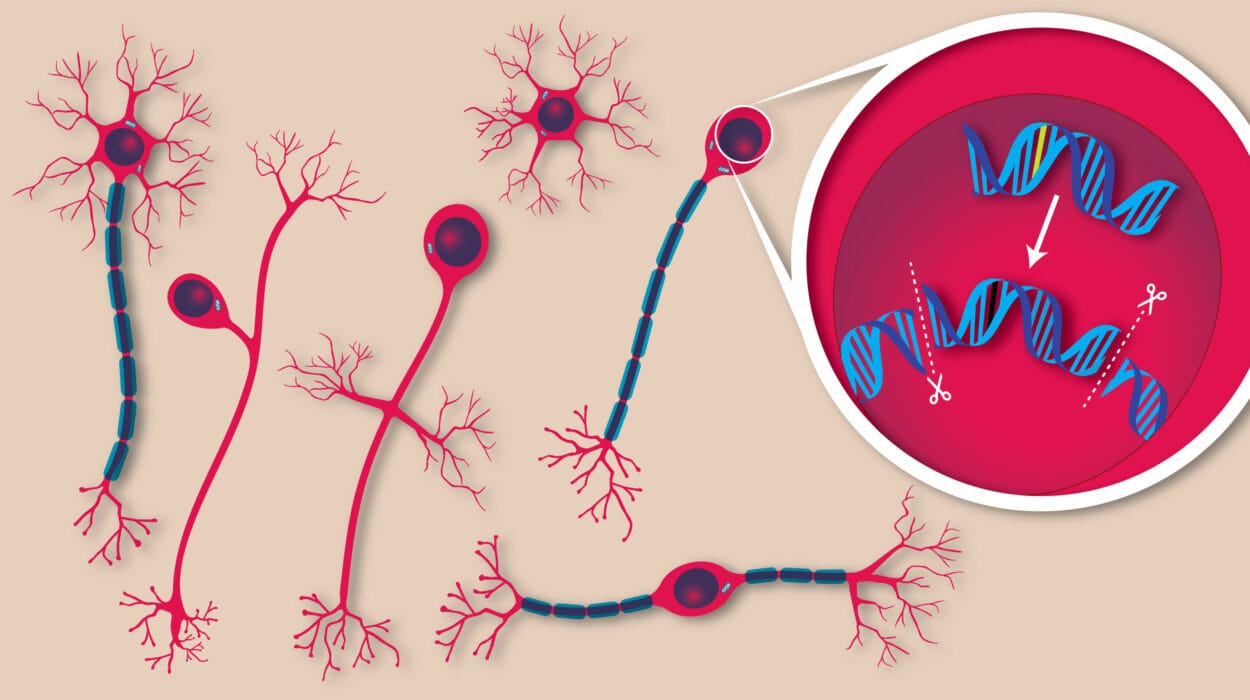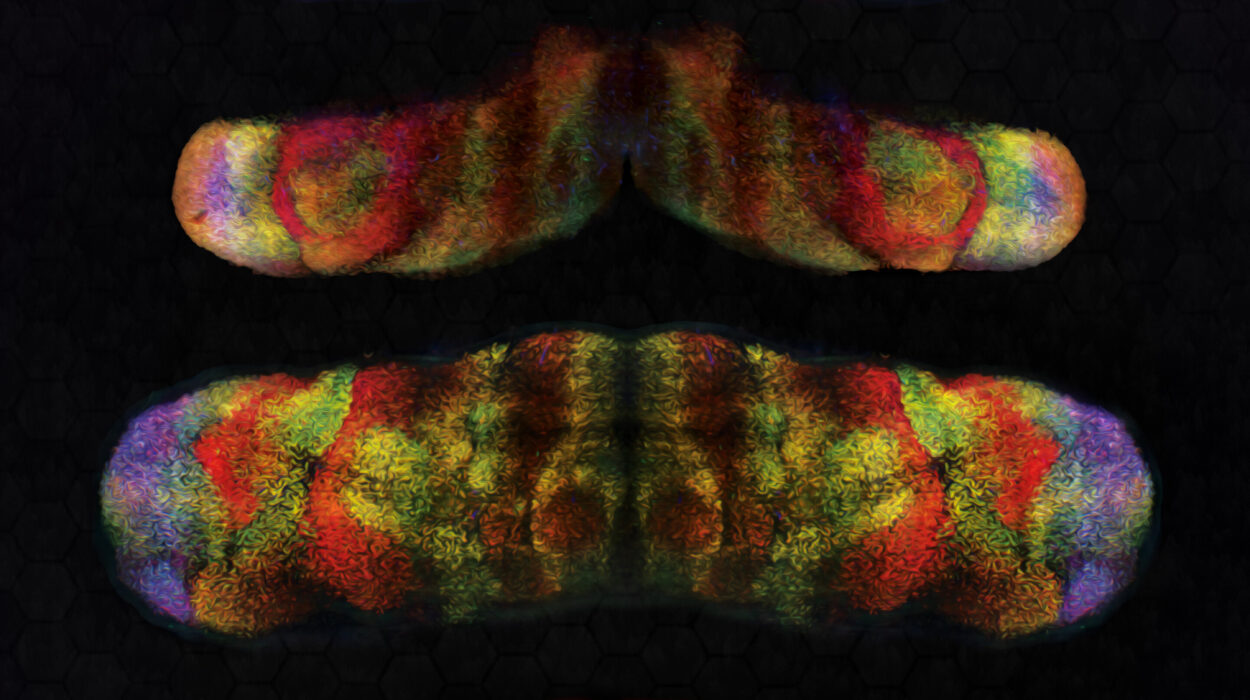Cancer, the silent saboteur, is notorious for its ability to hide in plain sight. Unlike viruses or bacteria, it doesn’t announce itself with a foreign signal. Instead, it tricks the body into believing it belongs. Over decades, medicine has tried everything to destroy it—surgery, radiation, chemotherapy. But in the heart of science, a dream has lingered: What if the body could be taught to fight back on its own? Not with blades or drugs, but with its own biological instincts?
A recent study from the University of Florida has offered a breathtaking glimpse into that future. Published in Nature Biomedical Engineering, the research reveals a surprising new power of mRNA vaccines—not in fighting viruses, but in waking up the immune system to recognize and destroy cancer.
This wasn’t a study about curing one kind of cancer. It was about rewriting the rules of how the immune system sees the enemy. By pairing an experimental mRNA vaccine with an existing immunotherapy drug in mice, researchers watched as resistant tumors were not only challenged—but in some cases, eliminated.
The most astonishing part? The vaccine wasn’t tailored to any particular cancer. It simply stimulated the immune system, as if announcing an invasion. The immune system responded with a fury it had never shown against tumors before.
From Virus Fighters to Tumor Hunters
The world became familiar with mRNA vaccines during the COVID-19 pandemic. These vaccines use tiny snippets of genetic instructions—blueprints for building proteins—to teach the immune system what a threat looks like. But this same technology, it turns out, can be reimagined to fight an entirely different war.
Dr. Elias Sayour, the senior author of the study and a pediatric oncologist at UF Health, has spent years exploring mRNA’s possibilities beyond viruses. His laboratory at the Preston A. Wells Jr. Center for Brain Tumor Therapy has been engineering mRNA-based cancer vaccines using lipid nanoparticles, tiny fat bubbles that deliver mRNA into cells. Previously, Sayour’s team created personalized vaccines made from a patient’s own tumor. The results in a small human trial were thrilling: in people with glioblastoma, one of the deadliest brain cancers, the mRNA vaccine helped rally the immune system to attack.
But this new study took things in a radically different direction. What if you didn’t need to personalize the vaccine at all? What if you could build a generalized mRNA vaccine—one that doesn’t target a specific tumor but simply shakes the immune system awake?
That’s exactly what Sayour and his team did.
The Power of a Simple Wake-Up Call
In their experiments with mouse models of melanoma, researchers introduced the mRNA vaccine not to target a cancer-specific protein, but to provoke a strong, non-specific immune response—as if the body were responding to a virus. They combined this with a class of drugs called immune checkpoint inhibitors, which have already revolutionized cancer treatment by helping the immune system recognize tumors.
The result was something akin to a one-two punch: the mRNA vaccine energized the immune system, and the checkpoint inhibitor taught it where to look.
The tumors shrank.
In some cases, they disappeared.
And when researchers tested the mRNA formulation alone—in models of skin, bone, and brain cancers—they found that even without assistance from immunotherapy, the vaccine triggered measurable tumor-fighting responses. In some animals, the immune system launched such a potent reaction that the cancer was destroyed completely.
This wasn’t just encouraging. It was paradigm-shifting.
How the Immune System Was Tricked into Fighting Harder
Cancer’s most dangerous trick is that it often avoids detection by exploiting the immune system’s tolerance of its own tissues. Tumors express proteins like PD-L1 that dampen immune responses, essentially waving a “don’t attack” flag. Checkpoint inhibitors work by blocking these signals, trying to unmask the tumor. But they don’t always work alone—especially in patients with “cold” tumors that don’t provoke much immune interest.
In this study, something unexpected happened. The mRNA vaccine actually stimulated the tumor to express PD-L1, a signal that typically suppresses immune attack. But paradoxically, this made the tumor more vulnerable to the checkpoint inhibitor. It was as if the vaccine forced the tumor to raise a red flag, revealing itself more clearly.
That subtle shift allowed the immune system to shift into high gear, deploying T cells—its most powerful warriors—to recognize and kill cancer cells. These T cells, which had previously been inactive or ineffective, began to multiply and attack.
And all of this was achieved without targeting a specific tumor mutation or antigen. The vaccine didn’t say “attack this.” It simply said “get ready,” and the immune system filled in the blanks.
The Dream of a Universal Cancer Vaccine
Until now, cancer vaccines have generally followed two strategies. One is to find a shared tumor protein—something common to many cancers—and target it. The other is more personalized: identify unique mutations in a patient’s tumor and design a custom vaccine. Both approaches have shown promise but also limitations. They require precision, time, and often, individual tailoring.
But Dr. Duane Mitchell, a co-author of the study and director of the UF Clinical and Translational Science Institute, believes this research points to a third path—one that’s simpler, broader, and potentially available to more patients.
“What we found is by using a vaccine designed not to target cancer specifically but rather to stimulate a strong immunologic response, we could elicit a very strong anticancer reaction,” said Mitchell.
The implications are stunning. If these findings translate to humans, the world could see the rise of an off-the-shelf mRNA vaccine that, when paired with existing drugs or even used on its own, could help the immune system attack a wide variety of cancers. It could be the equivalent of a universal key—one that doesn’t need to match every lock, but simply unlocks the immune system’s ability to recognize what doesn’t belong.
From Mice to Humans: The Next Frontier
Of course, what works in mice doesn’t always work in people. But Sayour and his team are optimistic—and cautious. They’re already working to refine the vaccine formulation and design human clinical trials. Their prior success in using personalized mRNA vaccines against glioblastoma gives them a strong foundation.
If the generalized mRNA vaccine continues to show promise, it could change not just how we treat cancer—but how early we treat it. Imagine a future where, upon diagnosis, patients receive an mRNA shot to alert their immune system, followed by targeted therapies that guide the response. Or even more boldly: imagine vaccines given before cancer emerges, to boost immune readiness in high-risk individuals.
This is no longer the stuff of science fiction. It’s science in motion.
The Hope Hidden in Code
At its core, this research is about turning something as small and silent as messenger RNA—just a sequence of chemical letters—into a roar inside the immune system. It’s about speaking the body’s language in a way it understands: urgency, danger, and defense.
It’s also about something more personal. For the patients who have run out of options—for children with relapsed tumors, for adults facing incurable cancers—this kind of vaccine is a promise. Not of an instant cure, but of a smarter fight.
Science doesn’t often give us moments of universal clarity, but this study offers a rare glimpse of one: that the power to fight cancer may not need to come from outside the body at all. It may already be inside us, waiting to be awakened.
Reference: Sensitization of tumours to immunotherapy by boosting early type-I interferon responses enables epitope spreading, Nature Biomedical Engineering (2025). DOI: 10.1038/s41551-025-01380-1






